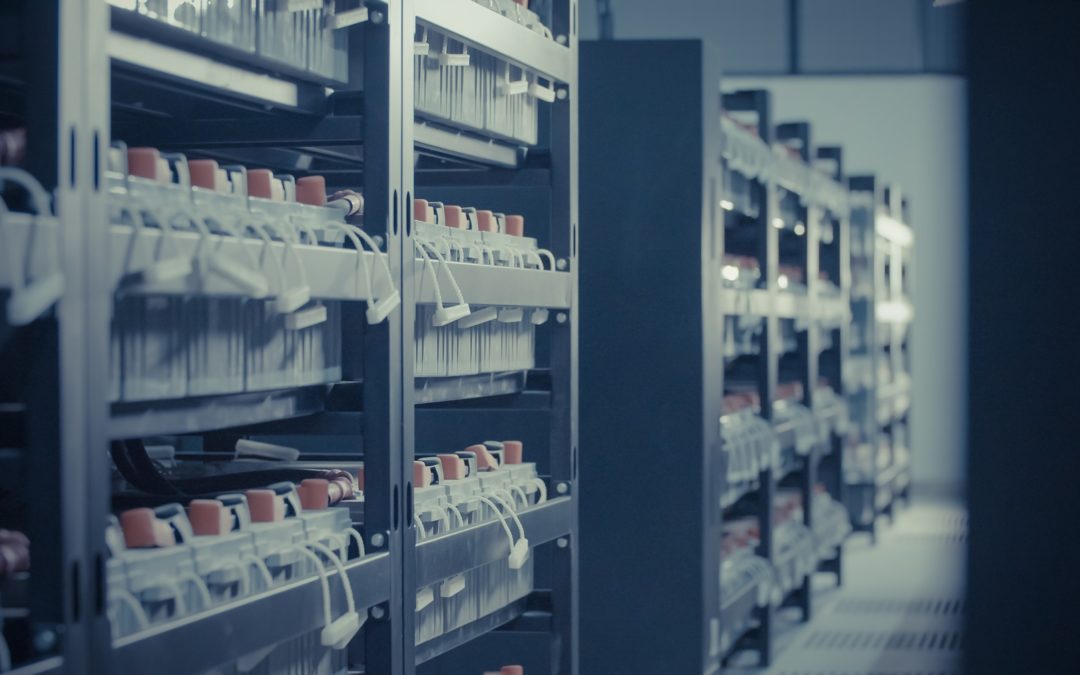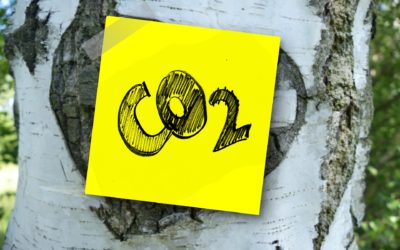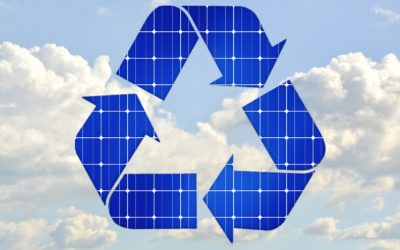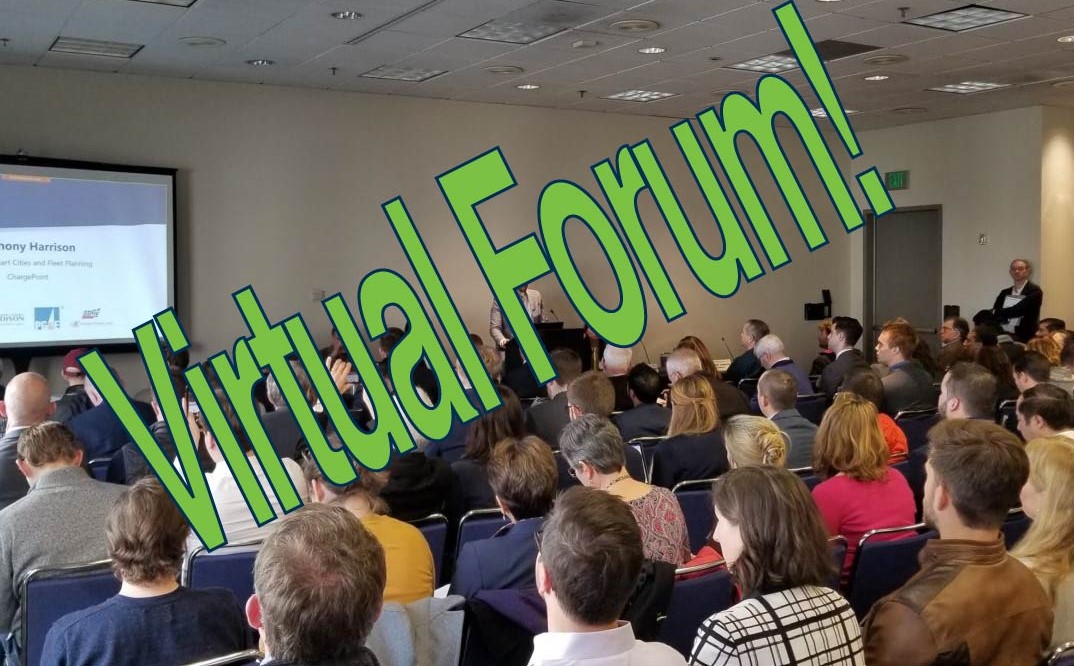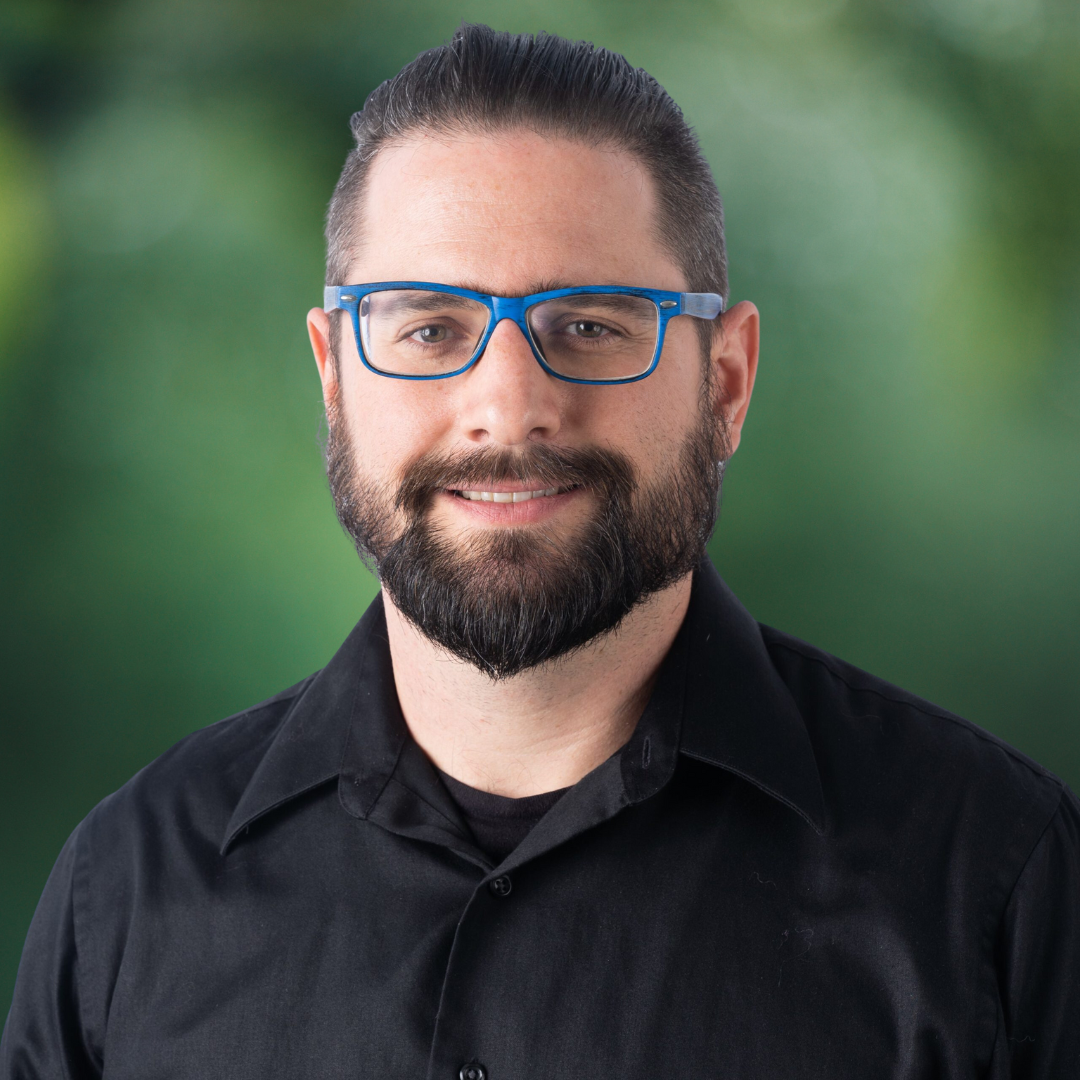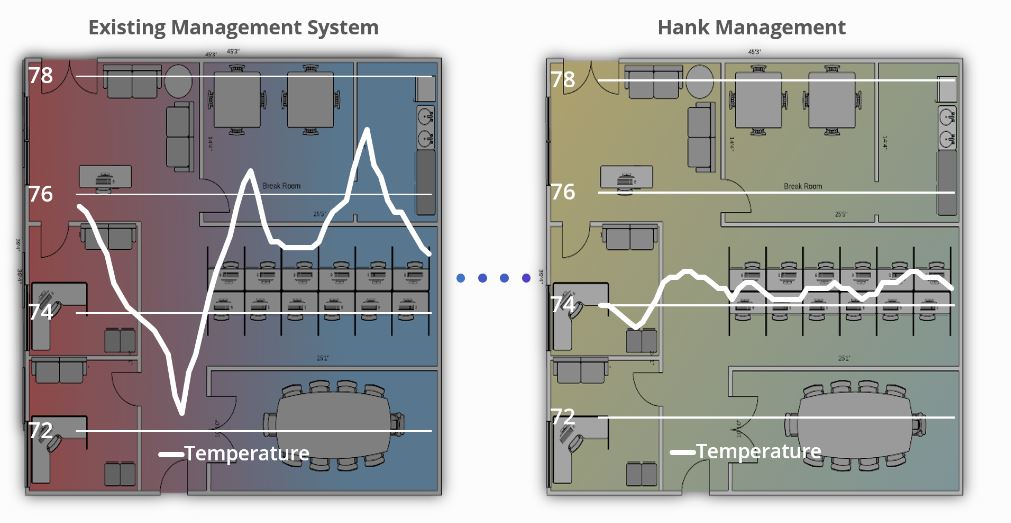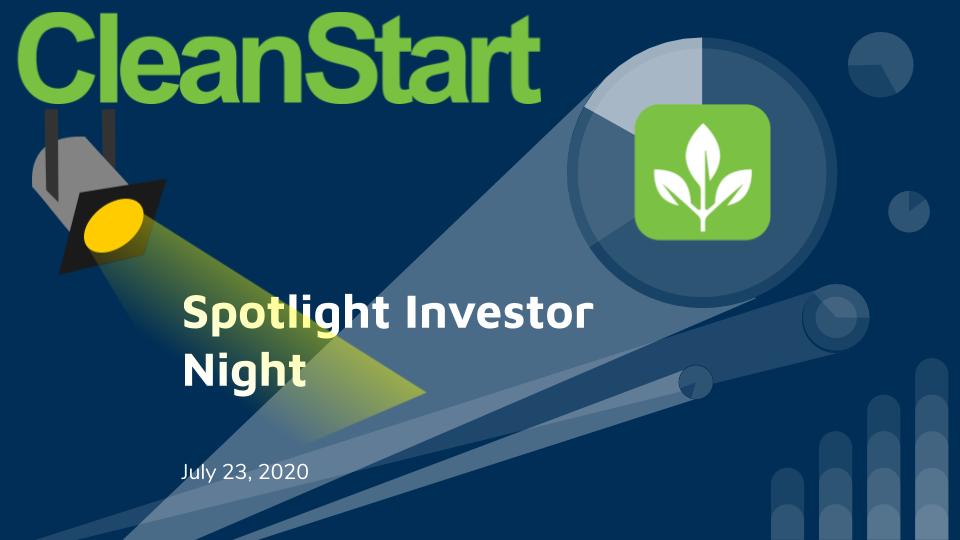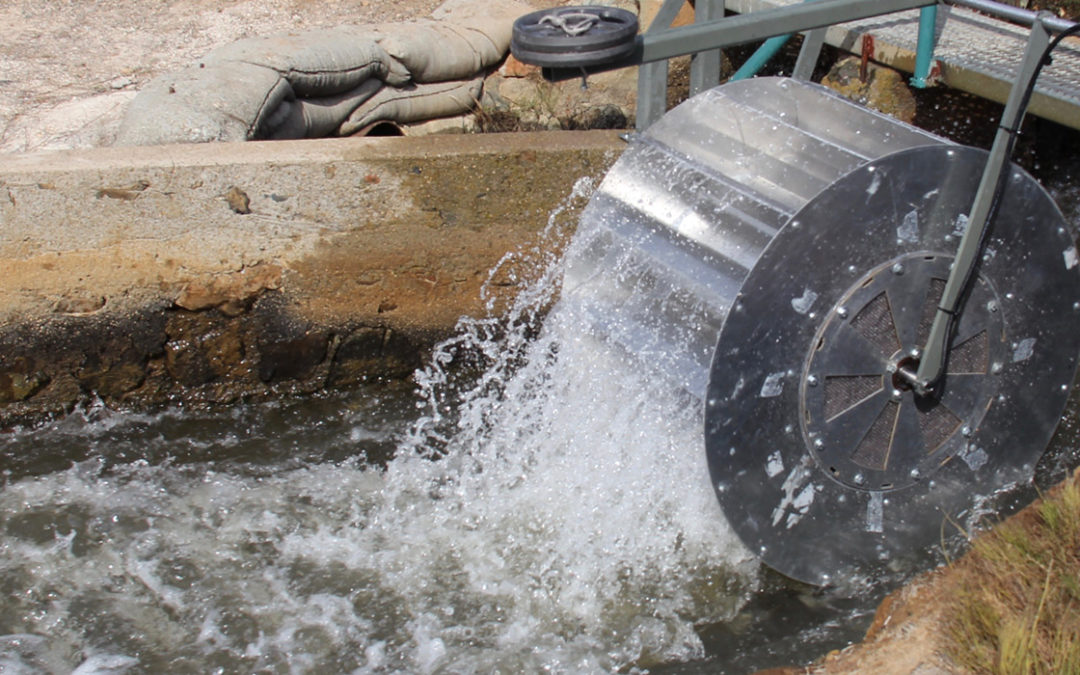Helios Altas is getting ready to go big. We have reported on them in the past and they continue to hit new milestones. They are now getting ready to scale, looking at manufacturing around the country. We hope they stay here. They certainly have opportunities to install their equipment in the state.
Clean energy advocates are of two minds on whether hydro should be counted as “green”. Large hydroelectric dams supplied by huge reservoirs have been controversial as creating too much collateral environmental damage–destroying fish and wildlife habitat, interfering with fish migrations, trapping nutrient-rich silt, among other things. As a result, there has been a compromise to favor only “small” hydro as part of the qualified renewable resources used to meet the 100% renewable goal or to qualify for funding from multilateral sources like the World Bank. Further, the expressed preference is for sites either where dams already exist but have never installed power generation turbines, or which do not require big water impoundments (“run of the river” installations). However, the smaller the installation, the more costly it is in terms of cost per kilowatt. His solution overcomes many of those concerns and has been deployed in a variety of environments around the world while in demonstration mode.
Helios Altas, founded by Mike Carrol and headquartered in Roseville, has taken a very clever, low-cost approach to come up with a simple device for taking advantage of even the smallest water flows. HIs device has a very elegant simple water wheel that requires only a channel to direct flows underneath it. The company’s flagship products, PowerBall and PowerWheel produce clean electricity from moving water in canals, industrial water loops, rivers, tidal flows and the base of dams. They have been prototyping, deploying and confirming it is efficient enough to work in many circumstances. With this success, they are looking to move towards manufacturing and scaling to deploy the devices in California, where they already are used to power remote monitoring equipment, and in the rest of the world where they could power village microgrids. They see applications to bring power to 900 million people in remote areas that currently do not have power. They have a great video explaining their device and its applications at the bottom of their home page.
Mike has had success in getting small irrigation districts and public power districts in the state interested and is working toward some substantial PPA agreements in the Philippines and Malaysia. He has 1 kW and 2.5 kW units operating in demos and intends to produce units up to 10 kW in size. He believes he will soon see orders for 300 units. That would open up about two dozen new jobs to assemble and install the units.
Helios Altas is one of the many companies in our region that have been working steadily and patiently for years to commercialize their innovations. Now they seem ready to make a break-out move that will solidify their success for the future.
